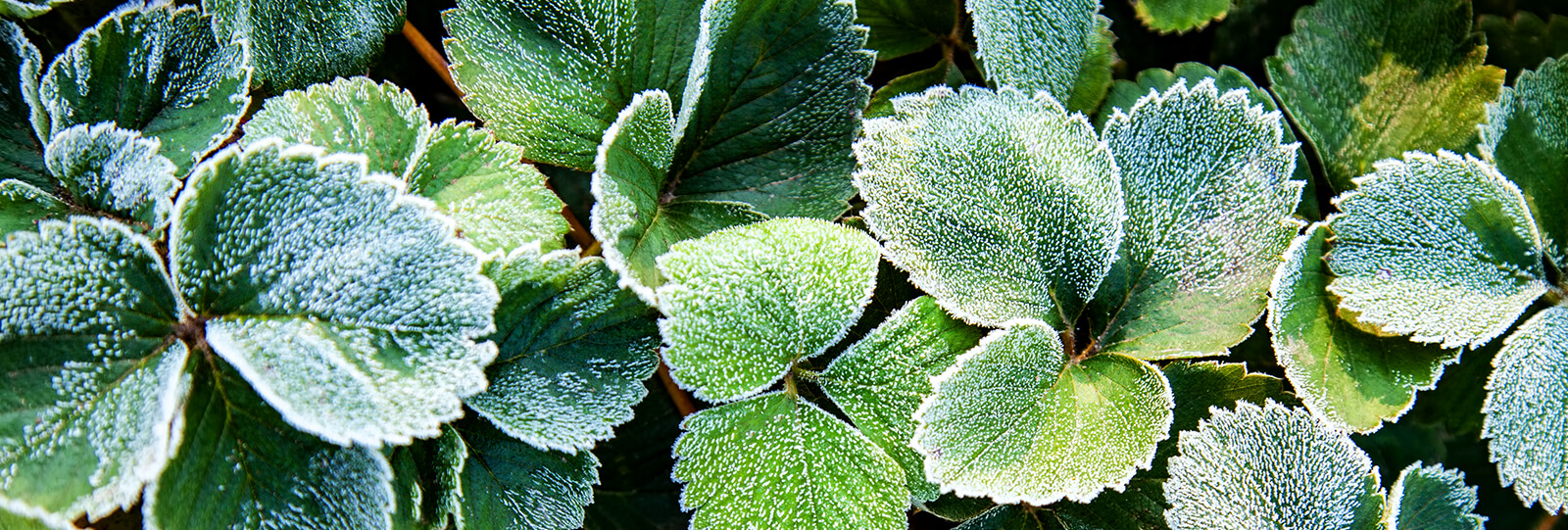
Kick Off the Year with Our Houston January Gardening Checklist
A gardening checklist can be really helpful for decoding all the gardening tasks to get through during each stage of the year. With 2021 about to unfold, we want to plan for the brightest year possible (because, let’s face it, getting through 2020 felt like an episode of Ultimate Ninja Warrior, dodging comically large obstacles at every turn).
No matter what 2021 brings, ensure smooth sailing for all things garden, so your lush, leafy landscape can remain to be the “Good Vibes Only Zone” it ought to be!
7 Tasks to Complete for Your Winter Gardening Checklist
It won’t take long to get through all the tasks on this gardening checklist, and you’ll be glad you did once your spring garden emerges extra beautiful and green! A good, thorough garden prep is like the difference between making a meal in a clean pot or one that’s filled with leftover remnants of meals past; it’s cleaner, healthier, and it looks a whole lot nicer!
Fresh mulch can actually look quite beautiful, especially if it’s a naturally-tinted bark that complements your garden’s color scheme.
Go through this gardening checklist now for a 2021 landscape design that’s on-point all year long:
1. Prune Deciduous Trees and Summer Flowering Shrubs
In winter, many landscape plants go dormant, and this is the best time to prune them. Deciduous trees, especially flowering or fruit-bearing trees, can benefit from some pruning to remove dead or diseased material, crossed branches, or even just to thin out the foliage and maintain a more manageable size.
You can also prune your summer flowering shrubs, but leave your spring-flowering shrubs alone! Spring bloomers typically produce flowers on last year’s wood, so if you prune them now, you’ll lose all your flower buds. Summer bloomers, however, grow new wood in the spring and then produce their buds, so if you prune them in winter, you won’t lose out on those flowers.
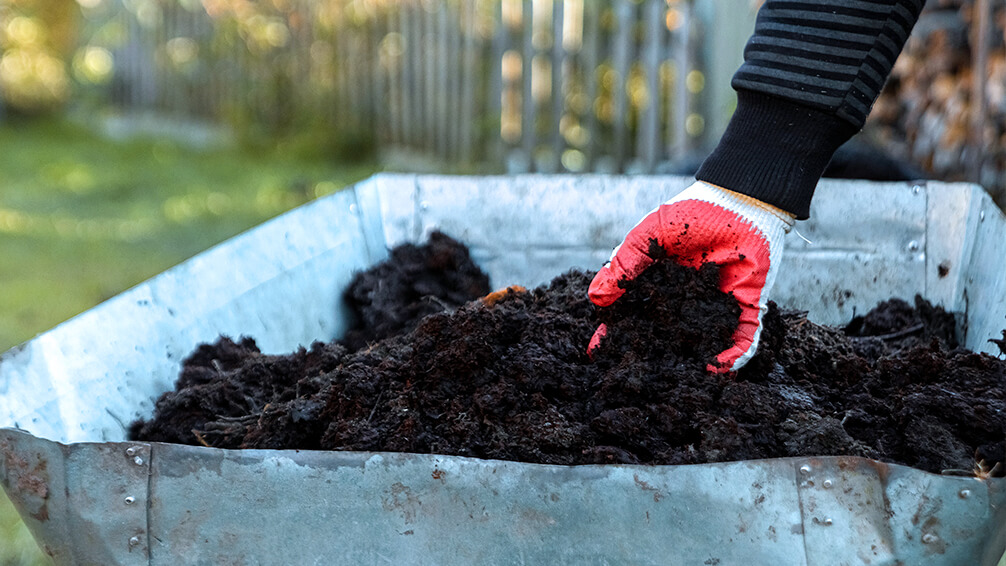
2. Test and Amend Your Soil
After last year’s gardening season, your soil is probably depleted of a lot of its nutrients, like phosphorus, potassium, or nitrogen, and the pH might also need to be adjusted as well. Performing a soil test will give you an idea of how your soil is doing and what it needs to provide the right nutrition for your plants. Pick up a simple soil test kit from our garden center in Houston, and we can offer some tips on what you can add to your soil if it needs a boost.
3. Mix In Some Compost
Compost is one of the easiest ways to bulk up your soil with organic, nutrient-dense material, not just to feed your plants but to improve moisture retention and drainage. Our soil can get pretty sandy here, and while ultra-fast drainage can prevent root rot, it’s not so great when our hot desert sun is roasting our plants. Good moisture retention is crucial for avoiding dehydration, and compost will help with that quite a bit! It also can gradually make the pH of your soil more acidic if your soil test shows that it’s a little too alkaline.
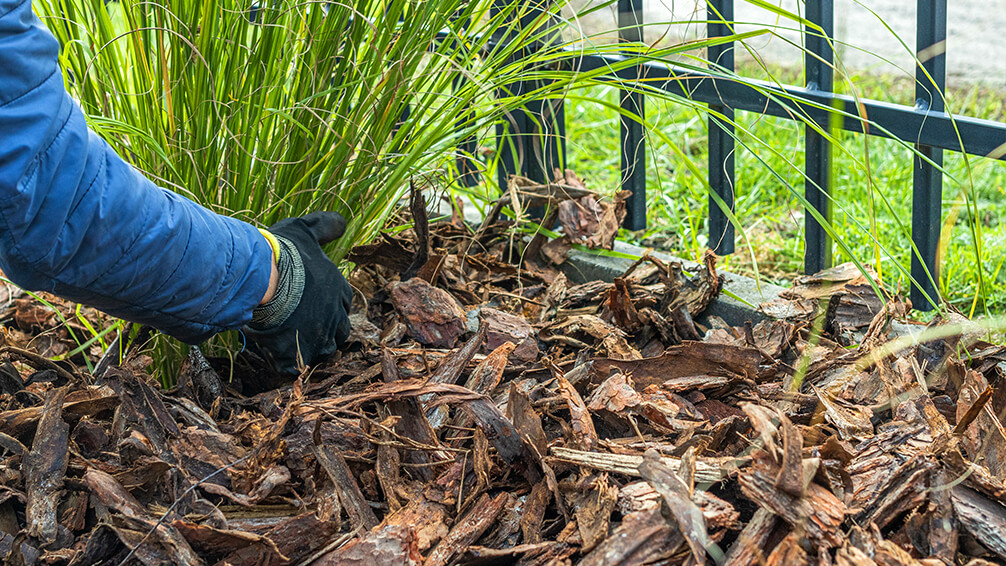
4. Replace Your Mulch
A layer of mulch further helps retain moisture in the soil for your plants while also shielding the sun from reaching weed seeds, which prevents them from germinating. Biodegradable mulches like shredded bark, straw, or mulched leaves will break down over time and release nutrients into the soil, but after a while, you’ll want to replace it so that it doesn’t become an unsightly, rotted mess. Fresh mulch can actually look quite beautiful, especially if it’s a naturally-tinted bark that complements your garden’s color scheme.
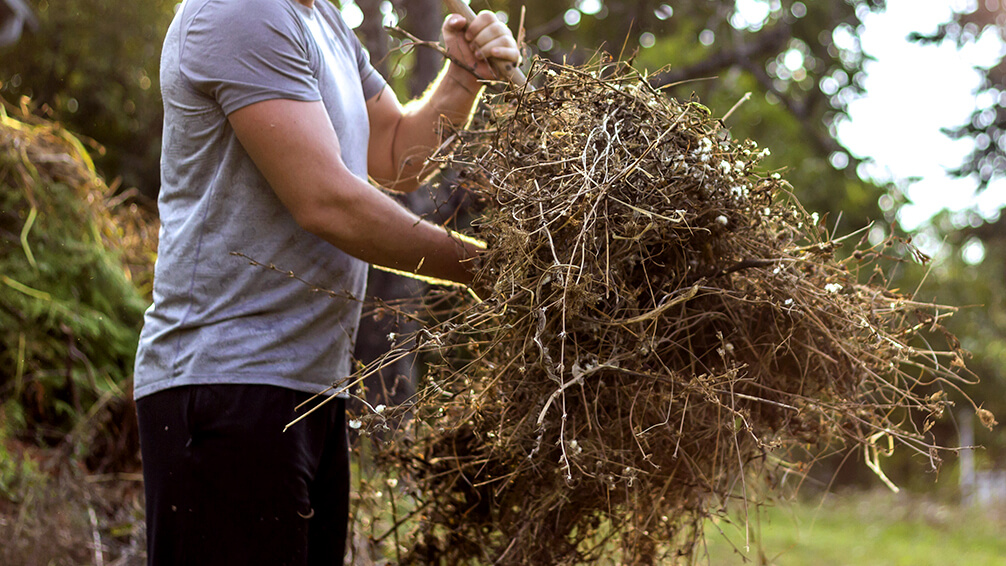
5. Clean Up Debris
Remove any old remnants of last season’s plants from the garden, as well as dropped branches, dead leaves, or any other junk that might have rolled in over the fall or winter. These materials can harbor nasty bacteria and fungi, and larger debris can create the ideal hideout for a number of unwanted garden pests that can harm our plants and landscape. Any natural materials you find that aren’t chemically treated and show no signs of disease or fungi can be tossed in the compost bin!
6. Divide Overgrown Perennials
If any of your perennial flowers or shrubs are getting a bit unruly, you can dig them up, divide them at the root ball to create two separate plants, and then replant them! Be very gentle when handling the roots, as too much root interference can really stress out the plant. You can also divide your plants that grow from rhizomes and tubers—just be sure to throw out any of the rhizomes that look diseased and only replant the healthy pieces.
While you can sometimes divide root balls by hand, sometimes it’s easier to use a sharp knife to make a clean slice through. Be sure to sanitize the knife with isopropyl alcohol before making your cut—this is like plant surgery, and you don’t want to use dirty tools, or else you could introduce harmful pathogens!
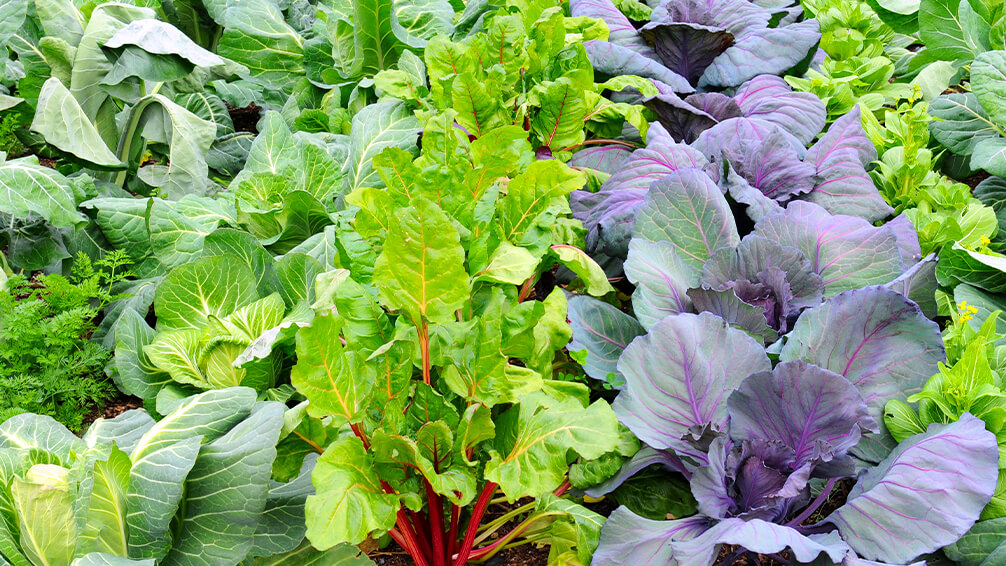
7. Start Planting your 2021 Garden!
Once your soil is prepped and ready, you can start planting! However, not all plants are suited to cool temperatures, so make sure you’re planting your cool-season plants and other cold-tolerant varieties—not the heat-loving annuals or plants that thrive off our scorching summer sun!
What Can I Plant Now in Houston?
Our mild winter temperatures allow us to plant all sorts of cool stuff to kick off the year! Whether you want some annuals for a burst of quick color, some permanent landscape plants, or some fresh vegetables to harvest in spring, you’ve got more options in front of you than the Cheesecake Factory menu.
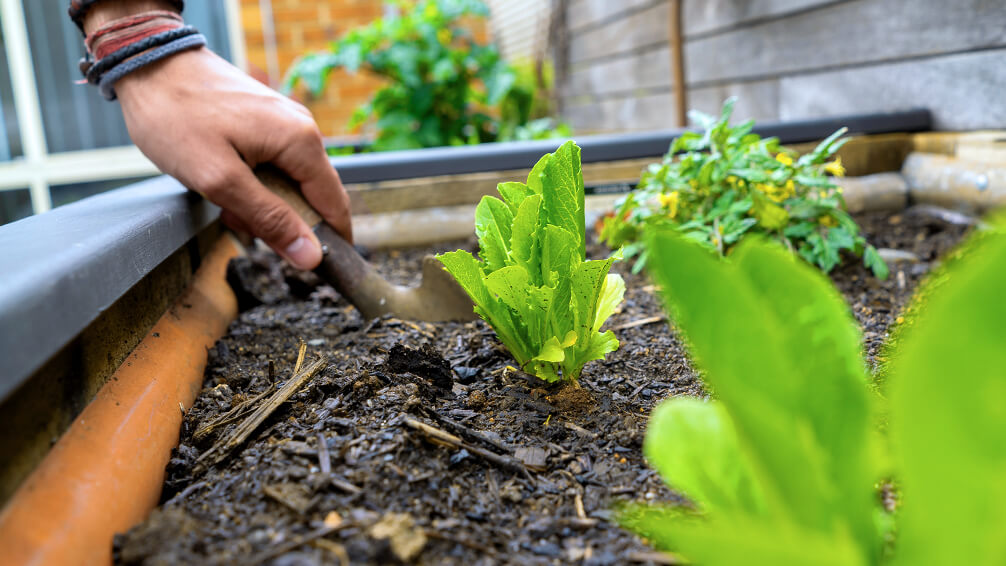
- Transplant Vegetable Starters like cauliflower, broccoli, lettuce greens, cabbage, and even fruits like strawberries.
- Plant Vegetable Seeds for spinach, lettuce greens, beets, peas, radishes, and carrots. You can also start seeding your tomatoes, peppers, and eggplants indoors.
- Cool Season Flowers like pansies, violas, dianthus, snapdragons, foxgloves, hollyhocks, poppies, and delphiniums are hardy enough to handle our winters.
- Cool Weather Herbs like dill, cilantro, thyme, rosemary, calendula, and chervil are perfect for this time of year because they’re less likely to bolt in the heat.
- Spring Flowering Trees and Shrubs like redbuds, spirea, azaleas, fringe trees, fruit trees, and Mexican plums are good to go in the ground now, while the soil isn’t hot from the sun.
- Berry Bushes like blueberries and blackberries make excellent landscape plants.
- Rose Bushes always bring the drama and the romance, so if you want to give your landscape a lavish look for 2021, now is the time to add some roses!
Ready to embark on your latest gardening adventure? We’re stocked up with everything you’ll need in your tool belt for 2021. Visit Plants for All Seasons soon so you can have your pick of the best new seeds and starter plants for a spectacular spring that’s bursting with color and life!

